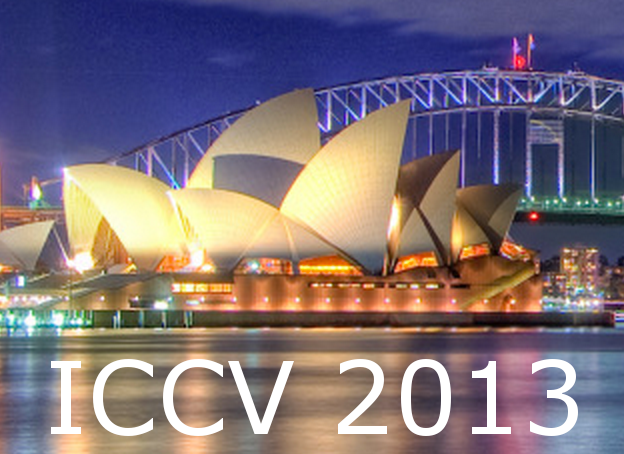-
Rolling Shutter Stereo
AbstractA huge fraction of cameras used nowadays is based on CMOS sensors with a rolling shutter that exposes the image line by line. For dynamic scenes/cameras this introduces undesired effects like stretch, shear and wobble. It has been shown earlier that rotational shake induced rolling shutter effects in hand-held cell phone capture can be compensated based on an estimate of the camera rotation. In contrast, we analyse the case of significant camera motion, e.g. where a bypassing streetlevel capture vehicle uses a rolling shutter camera in a 3D reconstruction framework. The introduced error is depth dependent and cannot be compensated based on camera motion/rotation alone, invalidating also rectification for stereo camera systems. On top, significant lens distortion as often present in wide angle cameras intertwines with rolling shutter effects as it changes the time at which a certain 3D point is seen. We show that naive 3D reconstructions (assuming global shutter) will deliver biased geometry already for very mild assumptions on vehicle speed and resolution. We then develop rolling shutter dense multiview stereo algorithms that solve for time of exposure and depth at the same time, even in the presence of lens distortion and perform an evaluation on ground truth laser scan models as well as on real street-level data.
Related Material
[pdf][bibtex]@InProceedings{Saurer_2013_ICCV,
author = {Saurer, Olivier and Koser, Kevin and Bouguet, Jean-Yves and Pollefeys, Marc},
title = {Rolling Shutter Stereo},
booktitle = {Proceedings of the IEEE International Conference on Computer Vision (ICCV)},
month = {December},
year = {2013}
}
These ICCV 2013 papers are the Open Access versions, provided by the Computer Vision Foundation.
Except for the watermark, they are identical to the accepted versions; the final published version of the proceedings is available on IEEE Xplore.
Except for the watermark, they are identical to the accepted versions; the final published version of the proceedings is available on IEEE Xplore.
This material is presented to ensure timely dissemination of scholarly and technical work.
Copyright and all rights therein are retained by authors or by other copyright holders.
All persons copying this information are expected to adhere to the terms and constraints invoked by each author's copyright.

